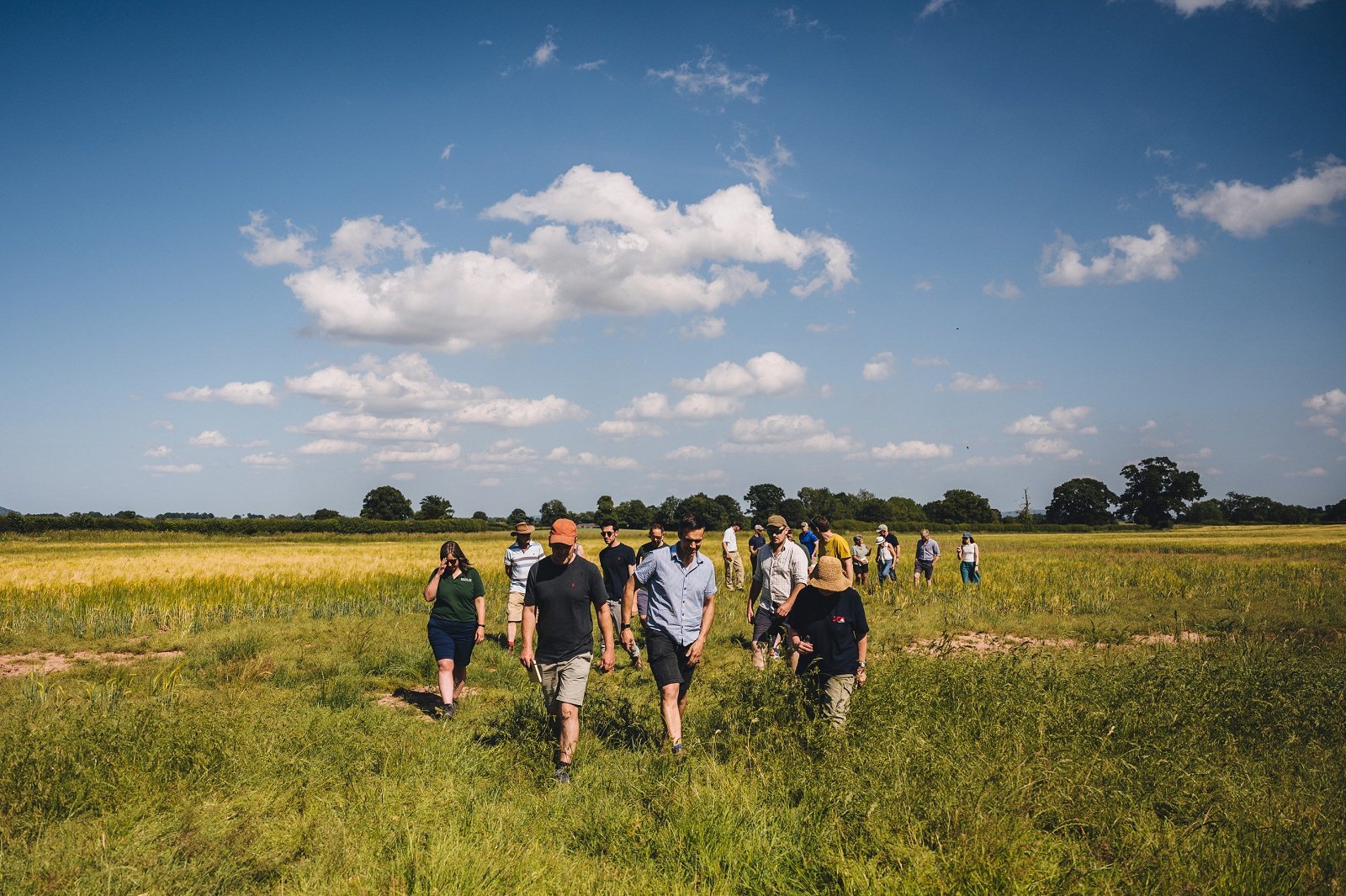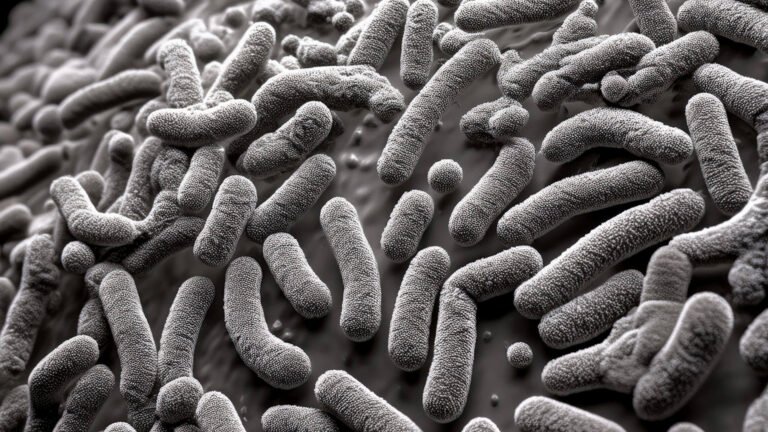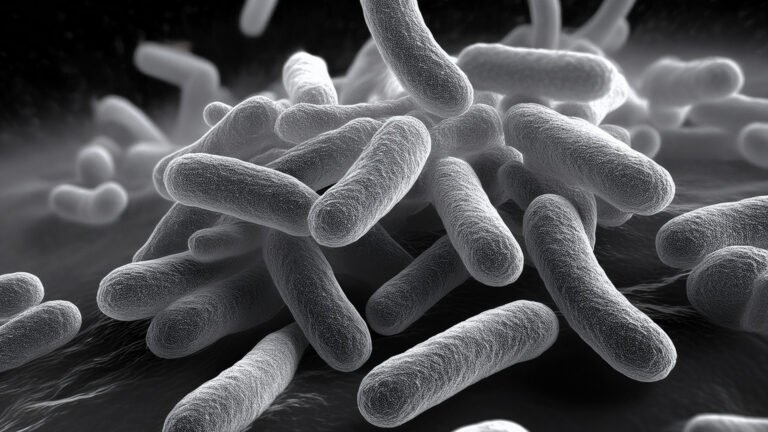If you need to reduce farm input costs without gambling yield, you’re not alone. Prices move, the weather swings, and plans unravel. However, you can cut waste first. When you reduce fertiliser costs, improve nitrogen use efficiency (NUE) and speed residue breakdown, margins breathe again.
If this sounds familiar, you’re in the right place
Before finding us, many farmers feel:
- Stuck paying for inputs that do not show up in yield or quality.
- Frustrated by rework, extra passes and retimed sprays when growth stalls.
- Tired of input cost volatility that makes budgets wobble.
- Unsure how to prove what actually pays back on their ground.
Meanwhile, field-to-field variability turns buying and planning into guesswork.
Trim Costs, Not Yield
When prices swing, reduce fertiliser costs first, lift NUE, unlock soil P, and speed residue breakdown with simple biology.
As a result, you cut passes, save diesel, and keep canopies steady.
The margin killers (and what happens if you ignore them)
- Waste in nitrogen. Rain drives nitrate leaching; heat and wind drive ammonia volatilisation. Consequently, units vanish.
- Locked soil P. Phosphorus lock-up slows starts; therefore “rescue P” spends creep in.
- Slow residue breakdown. Straw tying up nitrogen steals early N; moreover, seedbeds take more passes.
- Stress dips. Cold or dry spells stall growth; as a result, timings slip and sprays move.
If you ignore these leaks, you do more for less, higher £/ha, wider swings, and brittle margins.
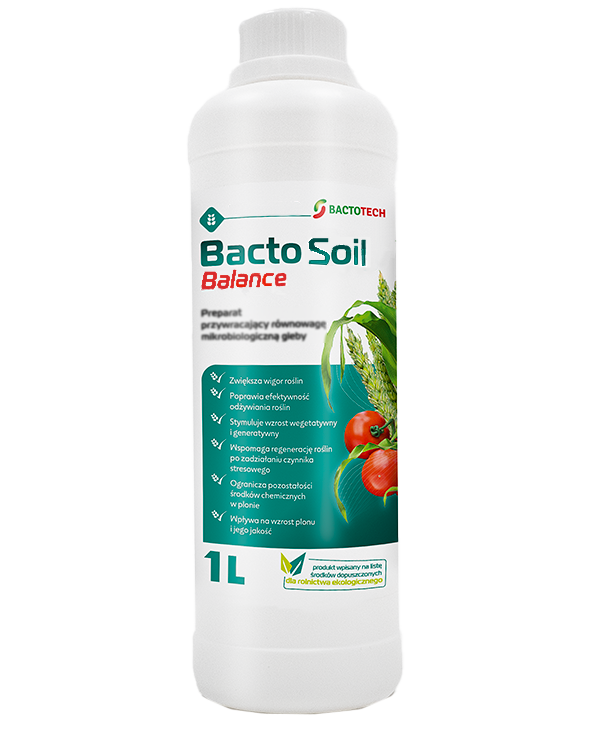
The fix: a simple, stepwise biological stack to cut waste
You can’t control prices. However, you can control waste. Start with five low-lift steps:
- Soil biology — BactoSoil Balance
Better aggregation and steadier nutrient cycling; consequently, seedbeds form faster and roots explore. - Stress buffer — BactoStym
Crops keep ticking through cold/dry dips; therefore rework falls and timings stay clean. - P unlock — BactoFos
Use more of the P you already own; as a result, early vigour returns and rescue P passes drop. - NUE support — BactoRol Nitrogen
Support in-season N around roots; consequently, you can reduce nitrogen fertiliser use while holding targets. - Residue speed-up — BactoRol Plus
Faster residue breakdown reduces trash, N tie-up and slug shelter; hence fewer passes and lower diesel.
On farm this looks like fewer wasted units, fewer “fire-fighting” passes, steadier canopies, and calmer budgets.

Simple programme (pilot → prove → scale)
1) Pilot one field per product
Pick the blocks where pain is obvious: tight soils, leaky N, heavy residues. Then apply the relevant product at the right timing.
2) Prove it with quick metrics (6–8 weeks)
Log units saved, passes saved, diesel and labour, plus simple crop signs (rooting, evenness). Moreover, take photos at fixed GPS points.
3) Scale what pays
Roll out the winners to similar fields. However, always keep one control strip each season so confidence stays high.
(Always follow product labels and safety data.)
What to expect (typical reports)
- Units of N trimmed for the same canopy/protein target.
- Emergency P passes down as early growth steadies.
- Passes & diesel down for seedbed prep and rework.
- Residue load down and cleaner drilling windows.
- Yield stability up across tricky blocks.
As a result, spend drops and risk shrinks.
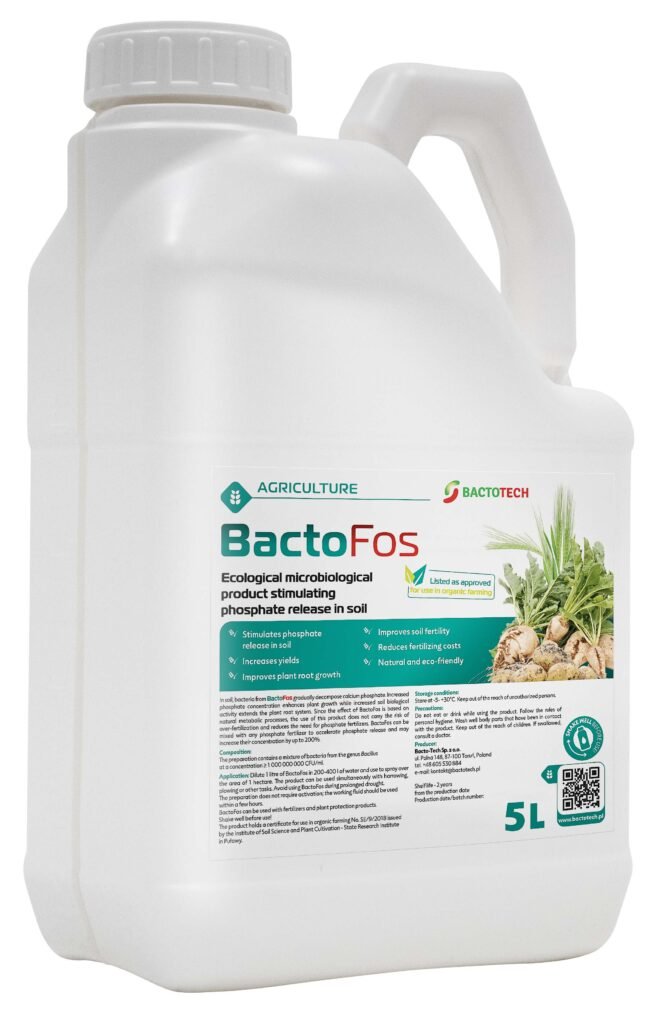
Quick payback worksheet (use your numbers in the cab)
- A. Units of N trimmed (kg/ha) × fertiliser £/kg = £N saved/ha
- B. Passes avoided (no./ha) × (diesel + labour £/pass) = £ops saved/ha
- C. Programme cost (biology £/ha)
- D. Net position = (A + B) − C
- E. Bonus: any yield/protein uplift = extra margin
If D + E > 0, the stack is paying its way.
Measure it (turn “feel” into proof)
Track a few simple items; consequently, decisions get easier:
- N plan vs applied (kg/ha) and any variable-rate nitrogen tweaks.
- Root digs (depth/branching) and uniformity photos.
- Leaf tissue P/N at early stages.
- Residue cover % and slug counts where relevant.
- Time/diesel per pass (seedbed, sprays, agitation).
- End-of-season: yield, protein (if relevant), and notes.

Field tips: do’s & don’ts
Do
- Pick obvious-problem fields for pilots, payback shows faster.
- Time biology around moisture and growth demand.
- Anchor N plans to RB209; then trim with field evidence.
- Standardise simple records so choices are easy.
Don’t
- Expect biology to fix a hard pan, reset once mechanically, then maintain.
- Mix with hot oxidisers or bactericides near biological passes.
- Skip the control strip, proof keeps budgets on side.
The products behind this plan
- BactoSoil Balance — rebuilds soil biology and aggregation; supports steadier cycling.
- BactoStym — buffers cold/drought stress; helps crops use applied nutrients well.
- BactoFos — unlocks soil phosphorus for faster starts and stronger rooting.
- BactoRol Nitrogen — combines Azotobacter vinelandii + Bacillus subtilis for steadier in-season N and better NUE.
- BactoRol Plus — speeds residue & cover-crop breakdown; reduces N tie-up and cleans seedbeds.
Compatibility & safety: Natural, non-GMO. Follow labels and safety data. Additionally, avoid close sequencing with bactericides.

Reduce Farm Input Costs – FAQs
Will this replace fertiliser?
No. The goal is to reduce fertiliser costs by cutting waste and smoothing supply, not to starve crops.
How long until I see payback?
Often within weeks in passes/diesel; meanwhile, N/P efficiencies and yield stability show over the season.
What if prices fall next year?
Waste reduction pays in any market. Fewer passes and steadier canopies are margin wins regardless of price.
Does it work on sand and clay?
Yes. Sands gain from water/P access; clays gain from structure and steadier cycling.
Will this help compliance?
Yes. By reducing nitrate leaching and ammonia volatilisation, you use less N to hit targets.
Ready to reduce farm input costs – without risking yield?
Send us one problem field for each pain (soil structure, stress, P lock-up, NUE, residues). We’ll build a one-field-per-product pilot with timings, label rates and a Margin Tracker so the payback is crystal clear.
→ Get your plan: Contact BactoTech UK
→ Learn more: BactoSoil Balance · BactoStym · BactoFos · BactoRol Nitrogen · BactoRol Plus
Editorial note: General guidance only. Always follow product labels and local regulations. Last updated: September 2025.

